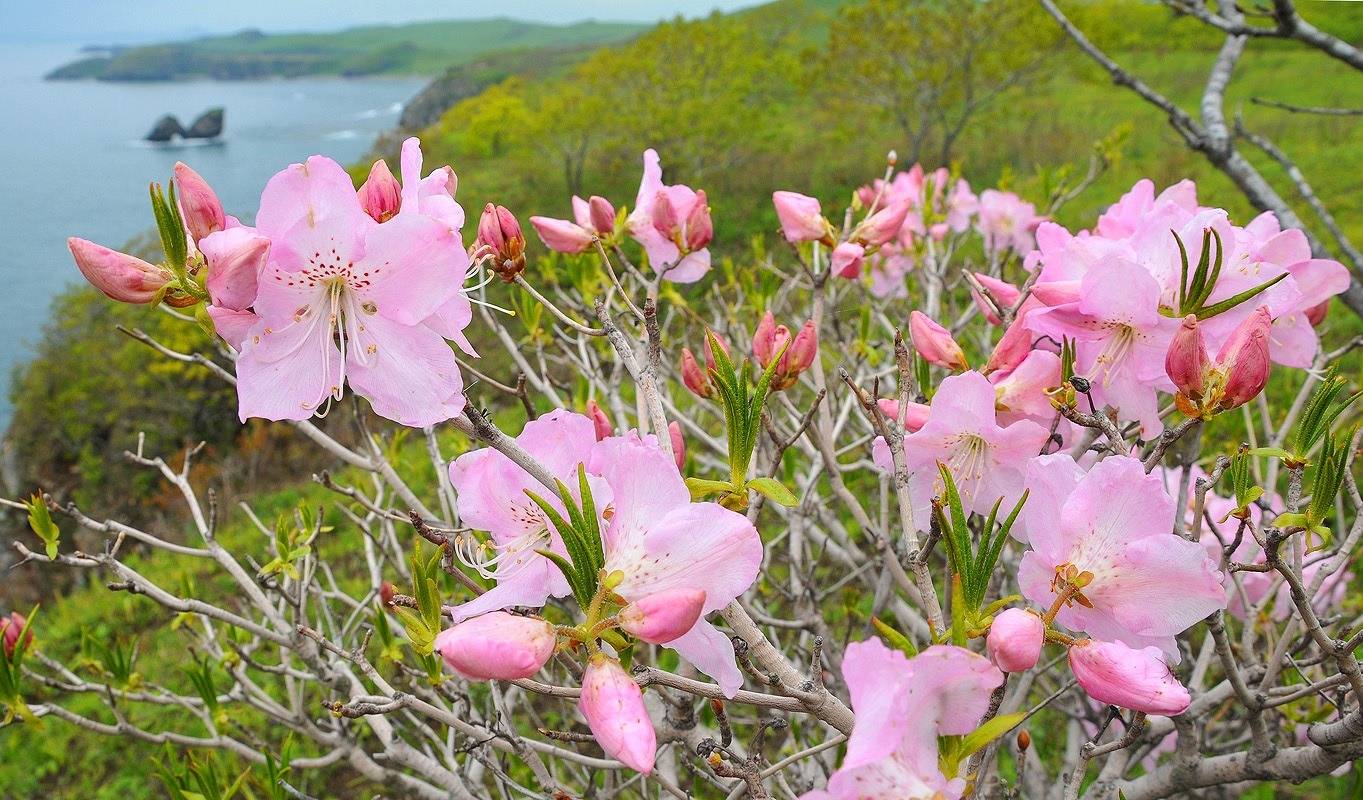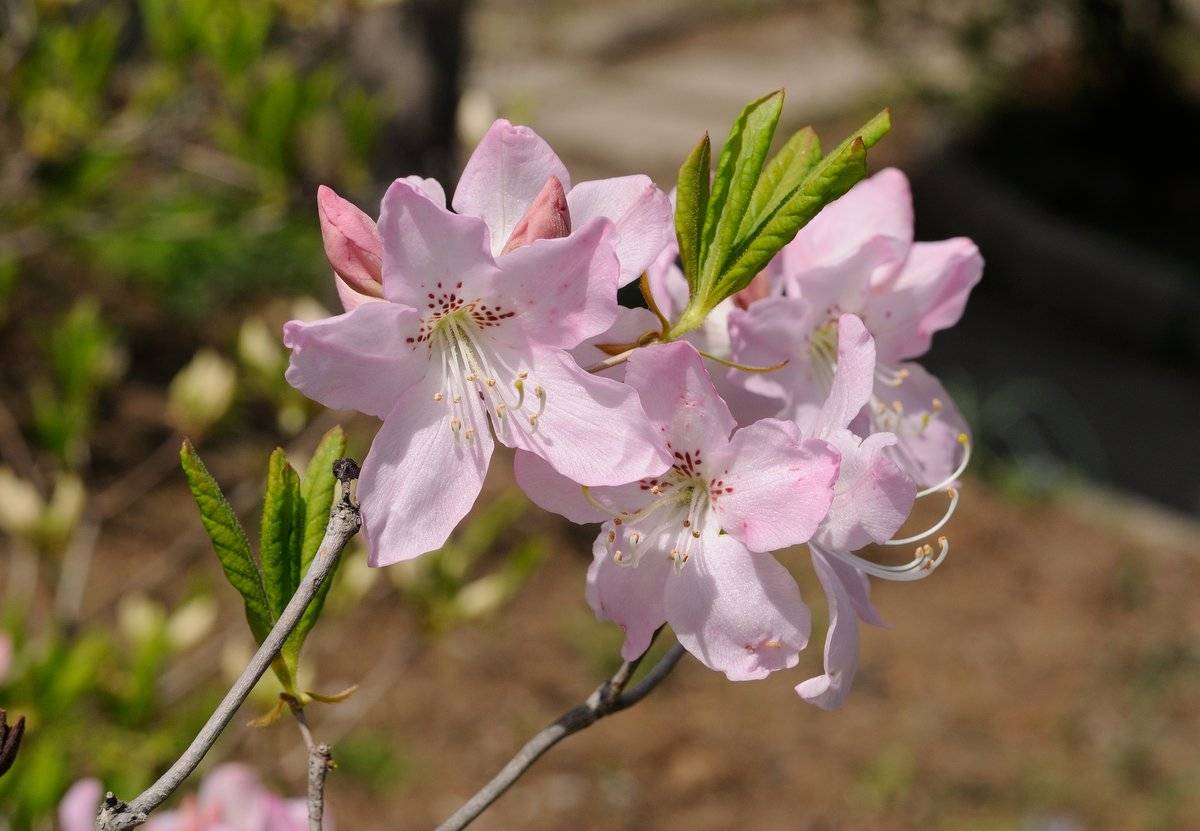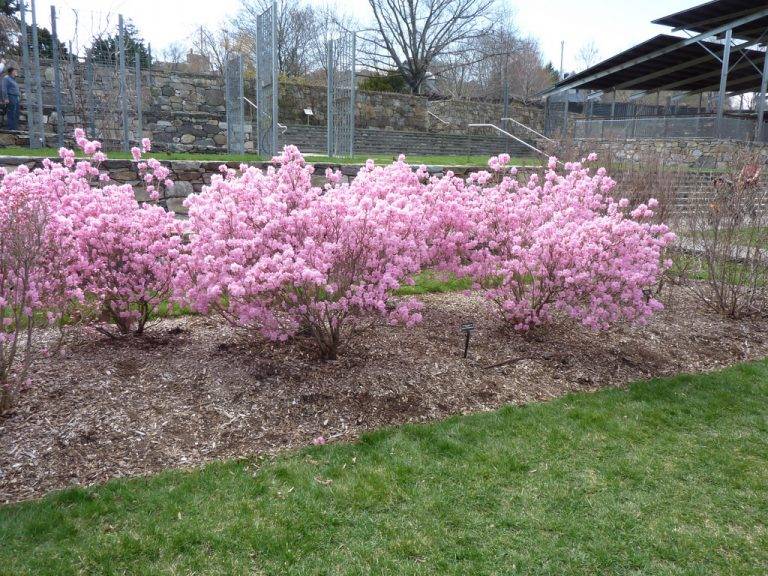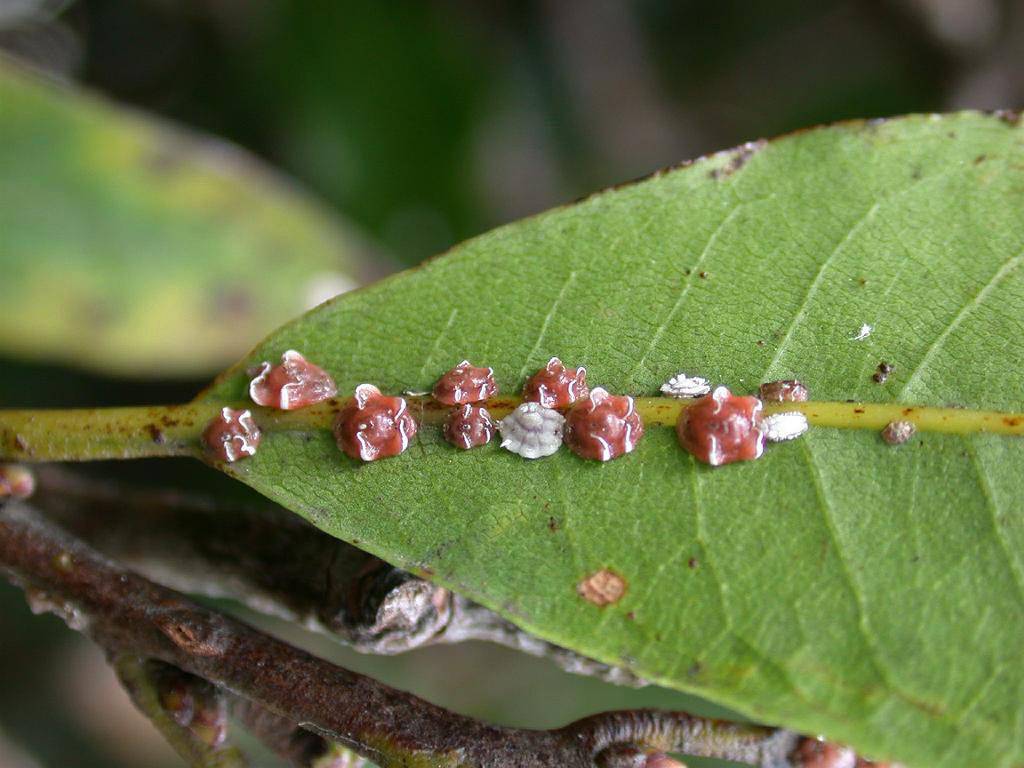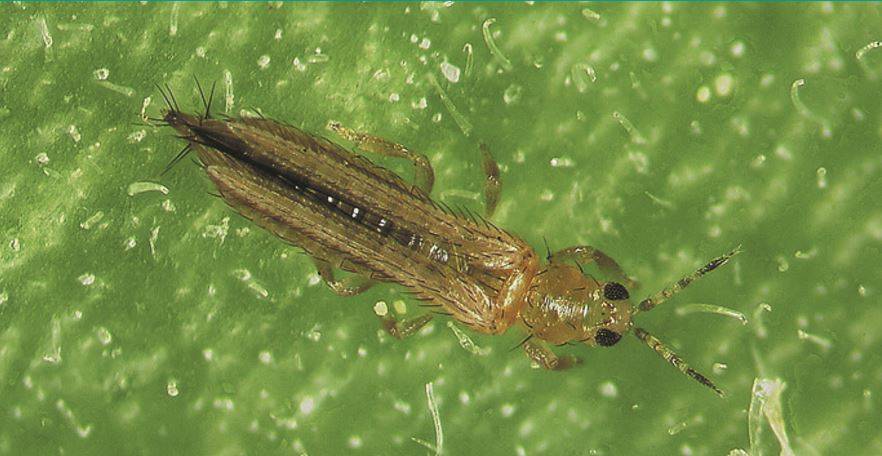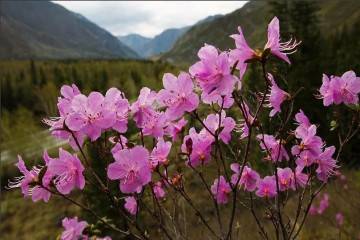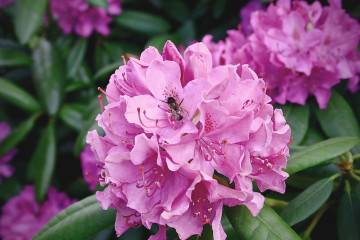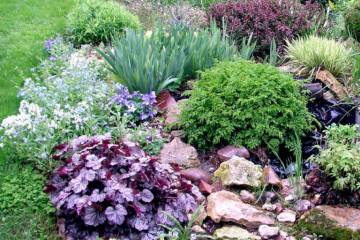Rhododendron Schlippenbach: description
Content:
At various times, many wild flowers were cultivated in order to decorate the garden plot with their beautiful appearance. One of them is the rhododendron, named after the officer of the Russian fleet Alexander Schlippenbach, who, passing by the coast of Korea with an expedition, noticed the bushes of these plants and brought them to Russia. Currently, this variety grows in the Leningrad region, Karelia and the Moscow region. Also, this species is widespread in the Baltic countries: Latvia, Lithuania and Estonia. The plant has good winter hardiness, is quite capricious to grow and blooms beautifully.
Biological description
Schlippenbach's rhododendron is a voluminous shrub that can reach a height of 0.6 to 2 meters. Its bark is light gray in color. Only the emerging shoots have an iron-rusty color and are slightly pubescent, later they become brown and smooth to the touch. Leaves are collected at the ends of the shoots in bunches of 4-5 pieces. They have an ovoid shape with wavy edges, with a narrow part attached to the petiole. The length of the leaves can be from 4 to 12 cm, and the width is from 2.5 to 7.
The rhododendron begins to bloom at the same time as the leaves bloom. Flowers can be up to 8 cm in diameter and have a beautiful pale pink color. Inflorescences usually consist of 3-6 buds. This variety of rhododendron is a good honey plant, as its pleasant aroma attracts bees.
The root system of the bush has a large number of fibrous roots located very close to each other. The plant is very easy to replant as the rhododendron root is located close to the surface of the earth.
What is the difference from other types
This species differs from its counterparts in a rather unusual leaf shape and a special aroma, thanks to which it is planted in gardens. It is also worth giving preference to it among other varieties because of the size of the flowers - the rest of the rhododendrons do not have such large buds.
Reproduction methods
There are three ways to grow this type of rhododendrons: by layering, petioles and seeds.
Seeds
The most commonly used method is seed propagation, since it does not require complex preparatory work, and germination is very good. For sowing, an acidic substrate is taken, which includes soil for azaleas and decayed needles. The soil is preliminarily disinfected, and the seeds are prepared for several days in warm water.
After completing the preparation, sowing is carried out in the following sequence:
- A container is taken and first a drainage layer is laid in it, and on top of it a mixture of soil.
- The seeds are pressed against the ground without deepening.
- The container is covered with a transparent film and placed in a lighted warm place.
- When the seeds have their first sunrises, you need to wait a couple of weeks, after which the container with seedlings is moved to a bright but cool place.
- The soil is regularly moistened. This must be done carefully so as not to damage the sprouts.
- After the appearance of the first leaves, the seedlings are moved to separate pots.
Layers
The easiest way is to grow rhododendron by layering. To do this, after flowering, the shoots of the bush are pressed to the ground, and the place of inflection is covered with soil. Watering this place is carried out regularly. Subsequently, closer to autumn, the first roots should appear, and in the spring the sprout is carefully separated from the main plant and transplanted.
Cuttings
When grafting in early summer, you should prepare slightly woody cuttings, about 150 mm long. The cut branches are infused for several days in a special solution to stimulate the growth of the root system, after which they are transplanted into a container with soil.
Rhododendron - where to plant on the site
The Schlippenbach shrub does not like shade - in the absence of sunlight, it grows poorly and does not bloom. But direct sunlight can be destructive for him. Therefore, for planting, it is better to choose a semi-shaded place next to low plants or fences.
It is important to consider that Schlippenbach's rhododendron does not get along well in the company of fruit trees with a superficial bark system. Also, the Alpine rose should not be planted near a birch, maple or willow.
Choose a place so that other plants or hedges are present next to the bush, but not very close. They will protect the plant from drafts that are dangerous for its growth. Since the flower loves moisture, the best option would be to plant it next to a pond.
Landing rules
Planting is done in two ways: by seeds or seedlings.
When planting seedlings, you should adhere to the following algorithm of actions:
- A hole for a seedling is dug out about twice the size of the plant's root system.
- A small drainage layer is laid at the bottom of the fossa. Fine gravel or expanded clay is suitable for this.
- A mixture of soil is laid along the drainage layer.
- A seedling is placed vertically in the hole. The roots are gently straightened without bending or cutting with a shovel.
- From above, the root system is covered with dried soil.
- After that, the soil around the bush is mulched with sawdust or needles.
Planting by seeds is preferable, since with this method the plant quickly acquires all the necessary properties and adapts to the environment. Seeds are usually sown in February and transplanted into open ground in spring.
How to properly care for a garden rhododendron
The flower of this species is quite capricious to care for. Therefore, in order for it to actively develop and bloom, it must be constantly monitored and taken care of.
Watering
Since the Alpine rose is very moisture-loving, it must be watered very often so that the soil is always moist. In summer, this should be done at least every other day, depending on the weather. The main thing is not to allow the soil to dry out.
In the spring and autumn, it is enough to water the plant once a week. Once a month, the bush can be moistened with water and lemon juice.
Top dressing
You need to fertilize Schlippenbach's rhododendron 3 times: before flowering, after the flowers have fallen off, and in October before the start of cold snaps. As a top dressing, any organic fertilizers are used - humus peat, mullein or mineral compounds. If you feed more than 3 times, then this can negatively affect the development of the root system.
Pruning
The rose tree is pruned immediately after flowering ends. A large number of shoots should be removed. The branches are pruned old, withered and diseased. Then the pruning is repeated in the fall when preparing the bush for wintering.
Preparing for winter
At the end of autumn, young plants are covered with coniferous branches or a special cloth, and the trunk is covered with a thick layer of sawdust. The shelter can only be removed after the snow has completely melted. Adult shrubs do not need to be protected from cold weather. Before the onset of the first frosts, the soil around them is mulched, and after the snow falls, the plant is insulated with a cloth.
Diseases and pests
With proper care, this species is rarely exposed to such troubles.
If not provided with proper care, the plant can be susceptible to the following common diseases:
- Tracheomycotic wilting. Fungal disease in which roots rot and leaves fall. Prophylactic spraying of the crown with a solution of "Fundazol" will help to cope with it. The affected plant cannot be cured - it should be dug up and burned.
- Phytophthora rot. A fungus in which the rhododendron will look very bad - its leaves will fall off, the branches will turn yellow and rot. The disease is usually associated with a poor drainage layer. Bordeaux liquid will cure the plant at the initial stage of infection. At the later stage, the bush is removed and destroyed.
- Rhododendron mosaic. It is carried by insects. With her, mosaic spots of a golden hue appear on the leaves of the plant, it stops growing and blooming. Removing the affected branches will help to improve the bush.
- Spider mite. It is difficult to notice, a sign of its appearance is the appearance of a thin cobweb on the leaves, which also begin to dry out and fall off.
- Acacia false shield. When affected by these insects, the plant gradually dries up and weakens.
- Tobacco thrips. These pests infect buds and carry viral diseases.
Spraying the bush with insecticides is ideal against all of these insects.
It takes a lot of effort to grow a rhododendron garden, but the result will delight even the most demanding gardener.
And varieties such as Schlippenbach and Helsinki University, thanks to their frost resistance, can be grown even in very cold climates. Subject to the basic rules of care and cultivation, these types of rhododendrons will delight the owners of garden plots with abundant and bright flowering, as well as a pleasant aroma.
